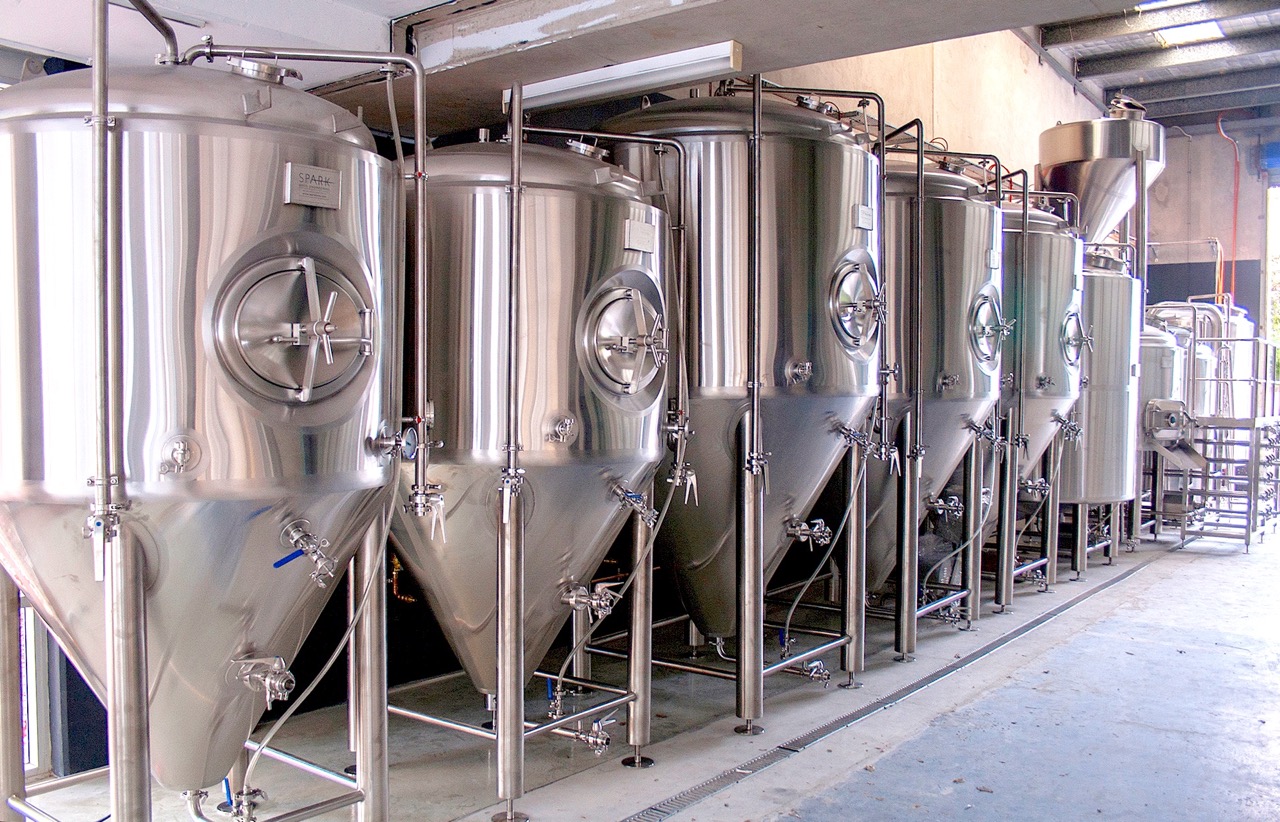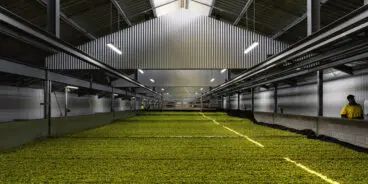
How to start a brewing company: Part Two

Spark’s installation at Malt Brewing in Bulimba
In the second article of a three part series, Spark Breweries and Distilleries founder Julian Sanders outlines the next steps for a brewery once site selection and regulatory approvals have been completed. Read Part One here.
Brewery Design, Installation and Start-up
Brewhouse and fermentation cellar design should be related directly to your focussed business model. Expansion is often more about forethought than money – by planning for success, you can make it smooth and simple:
- Brewing for serving serving on site – optimise your brewery for space efficiency, good looks within a venue, serving tanks mounted above fermenters feeding draft dispense system and single batch brewing within a day. Instantaneous hot water systems and two stage (water & glycol) plate heat exchangers can avoid the need for hot and cold liquor tuns, saving capital and space.
- Brewing for distribution – design for low energy costs and high output for every brewing hour, with three or four vessel brewhouse configured with thermal stores for daily multi batching. Double or quad batch fermenters can be installed initially, or at the very least, planned for future expansion by thoughtful glycol system design.
There are some important aspects of building fit-out that are easy to include from the beginning, but expensive to have to retrofit at a later date such as wastewater treatment buffer tanks. This allows you to comply with any EPA requirements for cool, neutral pH effluent with low biological oxygen demand.
The complete installed cost of a brewing system in operation is many times higher than the basic price of steel tanks – a control system that is well designed and locally constructed can backload a significant part of installation cost onto the equipment list (which can be financed), as all expensive electrical control hardware can be included upfront – this reduces the time and cost for installation. Glycol and steam systems should be selected and designed to work well with your brewing system – reliability and maintainability are key once you are in operation.

Spark installed a 15hL two vessel brewhouse and fermenters at Malt Brewing in Bulimba
To ensure solid residual value of your plant assets and for “uptime” when in production, it is important that your system has Australian warranty and parts backup – any importer acts as manufacturer in Australian law and faces manufacturer’s liabilities. Equipment should comply with Australian standards for pressure vessels and electrical systems and be installed by qualified local trades, to ensure validity of business insurance and workcover compliance.
Commissioning your new brewing system consists of washing, water brewing and test brewing. The process isolates and tests each element in turn to ensure correct operation before grain is committed to liquor. By allowing the time in your program to do this properly, you ensure the best quality product right from the start.
Spark Breweries and Distilleries is a Melbourne-based engineering practice that works across the country.
Technology arms dealers in the guerrilla war for flavour, we build Sharp Tools for Artisans.
We’d love to hear your plans and help you achieve them. Please get in contact viajulian@sparkbrew.com
Read more:
How to start a brewing company: Part One




